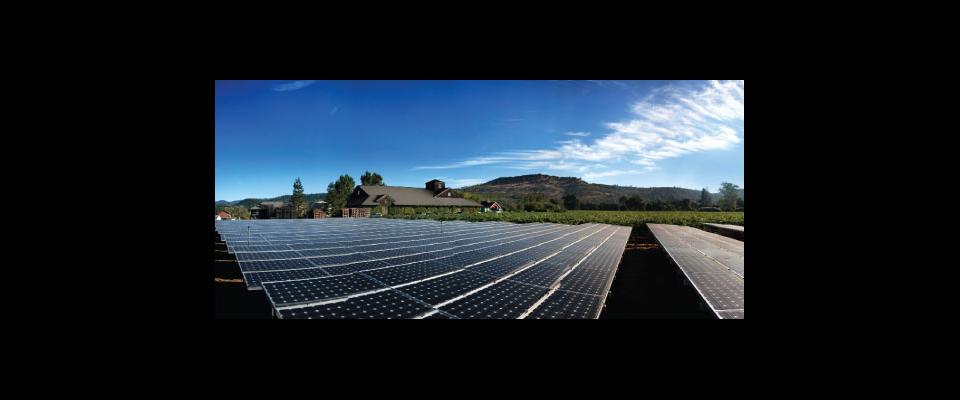Covering 4,000 miles of irrigation canals with solar panels could help solve the state’s water crisis.
According to a team of scientists from UC Merced, California’s 4,000 miles of irrigation canals lose 63 billion gallons of water each year to evaporation—a problem that could be solved by shading them with solar panels.
In their feasibility study, published in the journal Nature Sustainability in March, the researchers proposed that an over-canal solar network would not only reduce evaporation but also power the pumps needed to move water across the state. California’s massive water conveyance system, the largest in the world, could go from being the single largest consumer of electricity in the state to being largely self-powering.
Installing solar panels over aqueducts has the additional benefit of not disturbing the surrounding landscape. As Michael Kiparsky, director of Berkeley’s Wheeler Water Institute, told Wired: “You’re taking something that’s already been altered by human activity and doubling up on the benefits it provides. That’s the profound piece.”
The researchers have not yet put a price tag on their vision, and there are still some vexing details to contend with. For example, the panels could deprive waterbirds of key habitat in a state with increasingly fewer wetlands.
But it’s a step in the right direction, Kiparsky said. “With or without climate change, the supply of water in California is tightening, and the demand for water in California is increasing. And those two facts together mean that, indeed, any water savings is good, and it’s welcome.”
From the Summer 2021 issue of California.




















